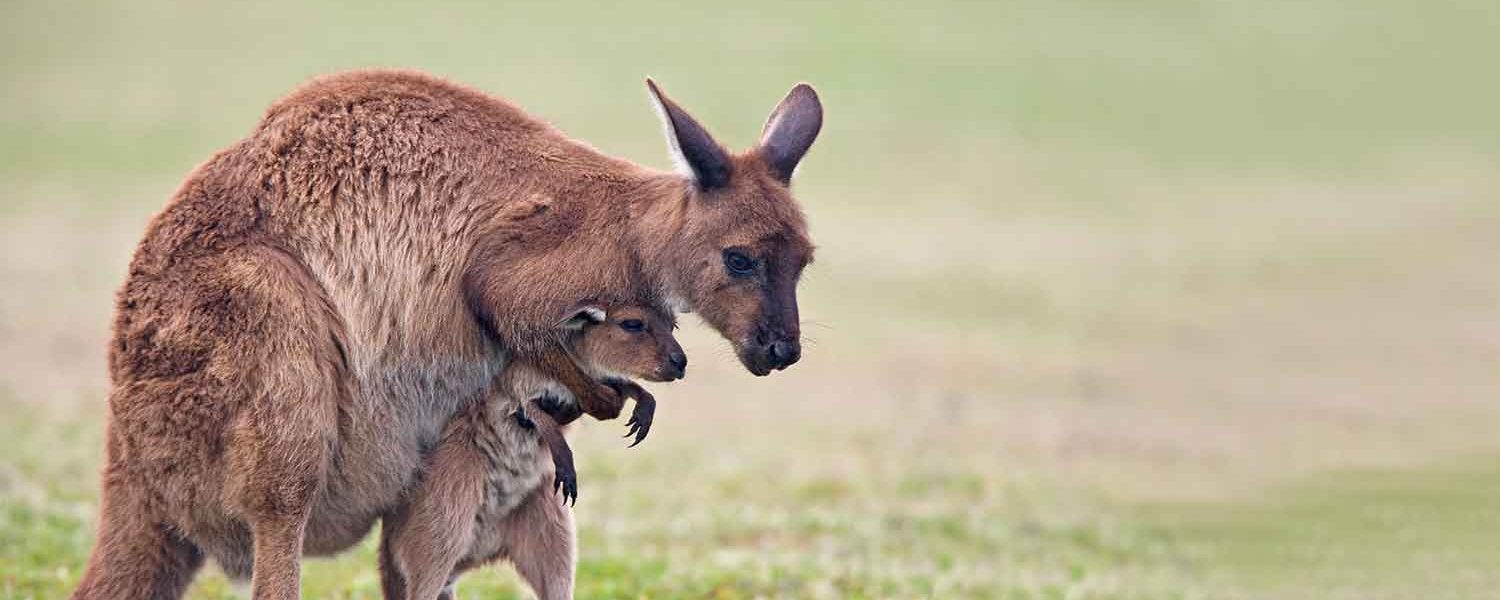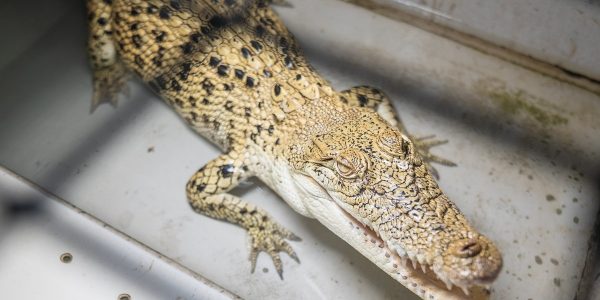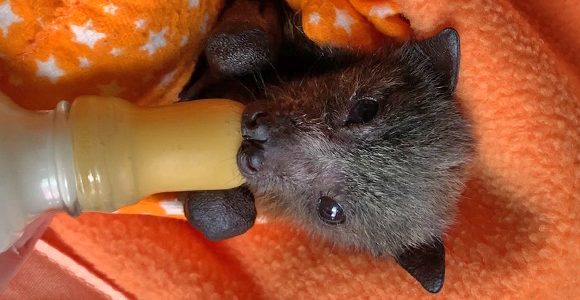Questions 1-4:
Questions 1 to 4 request your personal information (note this is a state government survey).
5. We are proposing to prioritise conservation and welfare during emergency events, such as bushfires, by adjusting quotas or shutting down harvest sub-regions.
Q: To what extent do you agree or disagree with the proposal to adjust quotas or shut down harvest sub-regions during or as a result of an emergency event?
6. Do you have any other comments you would like to provide?
Please note, you do not need to include all of the below points, but feel free to include the ones that resonate with you most. When adding your comments for all questions, please make sure to write them in your own words. Personalised answers will be the most powerful for kangaroos.
- Kangaroos should not be killed in any region, given the suffering and distress that commercial and non-commercial shooting causes, and the dire impact climate change and the increased competition for viable habitat already impacting wildlife.
- Shut down mechanisms should be implemented across all regions where emergency events are occurring at a minimum. These shut downs should come into immediate effect within 24 hours of an emergency event occurring.
- Shutdowns should also be in place in sub-regions where an emergency event is likely or predicted. To know that there is a risk of an emergency event, and to still allow commercial killing would be unethical and further endanger the safety of humans and animals
- According to the Australian Bureau of Meteorology, early 2024 was the “driest on record” for parts of South Australia. It is critical for concurrent threats, such as climate change and drought, to also be considered a high risk to wildlife.
- The regulation of a ‘harvest’ zone shut down in an emergency event would be difficult to enforce given commercial shooters are not obligated to notify the department of where they are shooting and when, once their permit has been allocated. Further, the fact that shooting takes place at night after hours makes shooting activity almost impossible to effectively regulate.
7. We are proposing to introduce a more flexible, risk-based approach to kangaroo surveying so efforts can go into areas with high harvest. A risk analysis will consider things like the environment, harvest rate, weather and climate forecasting, and length of time since last survey, to determine where survey effort is needed.
Q. To what extent do you agree or disagree with the proposal to introduce a more flexible, risk-based approach to kangaroo surveying?
8. Do you have any other comments you would like to provide?
- Rather than cutting corners to minimise costs, we advocate for the Department to prioritise thorough, independent and robust kangaroo surveying.
- If surveying is too costly, particularly given ongoing budgetary pressures, then South Australia should reconsider whether its facilitation of the kangaroo killing industry is financially viable or justifiable.
9. Where the risk of over-harvesting is low, we are proposing to maintain harvest quotas for 3 years before reducing quotas to 10%.
To what extent do you agree or disagree with the proposal to maintain consistent harvest quotas for 3 years before reducing to 10%?
10. Do you have any other comments you would like to provide?
- All killing quotas must immediately be lowered to 10% at most, to offset the risk of surveying less frequently.
- If South Australia chooses to proceed with a risk-based approach to kangaroo surveying in some regions where harvest rates are low, then Low Harvest Thresholds should be triggered sooner; it should not take three consecutive years of Low Harvest Threshold before the population is surveyed.
11. We are proposing to allow small numbers of eastern grey kangaroos to be harvested in areas outside of the Lower Southeast harvest sub-region when needed – this change will allow kangaroos to be used commercially that would be otherwise be culled under the non-commercial system.
Q: To what extent do you agree or disagree with the proposal to enable the harvest of low numbers of eastern grey kangaroos in harvest sub-regions other than the Lower South East sub-region when needed?
12. Do you have any other comments you would like to provide?
- The motivation for providing a commercial incentive for killing kangaroos in areas where they have previously been protected from the industry is reckless and dangerous, as the department has no reliable data on Eastern Grey kangaroo populations in any sub regions outside of the Lower South East.
- Introducing commercial kangaroo killing disrupts local ecology, creates even more suffering to kangaroos and their young targeted, and causes distress to the broader community.
13. We are proposing to expand the Hills and Fleurieu harvest sub-region to include the Adelaide foothills and national parks and reserves to enable more consistent kangaroo management. You can view a map of the proposed boundary here.
Q: To what extent do you agree or disagree with the proposal to extend the harvest sub-region to include the Adelaide foothills and national parks and reserves?
14. Do you have any other comments you would like to provide?
- Introducing commercial shooting into national parks and reserves is completely inappropriate. Not only will this expand the degree of suffering caused by the commercial kangaroo killing industry but will create a significant risk to the broader community – both visitors and surrounding residents who utilise these spaces for recreation, and other native animals for which these areas are habitats.
- The Parks South Australia website proudly states that “parks are for all to enjoy”. Expanding commercial kangaroo killing into more South Australian national parks and reserves runs contrary to this message.
15. Do you believe that the draft plan gets the balance right between conservation and commercial kangaroo management?
- No. The commercial kangaroo killing industry has no place in the context of conservation.
- Time and time again, government-sponsored killing of Australian marsupials labelled as ‘over-abundant’ and/or ‘an agricultural pest’ has resulted in population decline, extinction, biodiversity loss, damage to Australia’s unique and irreplaceable natural heritage, and ecological disruption. We must learn from history and adopt a different approach.
16. Are there any other comments you would like to make about the South Australian Commercial Kangaroo Management Plan?
For question 16, you may wish to cover some of the points below regarding failures of the Draft Kangaroo Management Plan and the need for a government inquiry into kangaroo killing.
Please remember to reword any points you use in your own words. Personalised answers will be the most powerful for kangaroos.
- It permits animal cruelty and poor animal welfare:
- Shooting kangaroos (both commercial and non-commercial shooting) causes fear, distress and suffering. Significant animal welfare issues are not addressed in the plan because of the failings of the current national code.
- The current code does not prevent animals from suffering from being mis-shot, and it does not prevent female kangaroos from being shot, causing distress and suffering to surviving dependent young.
- The current code must be reviewed and updated to better address the significant welfare impacts of shooting macropods.
- Deficiencies in the Code of Practice:
- The current code is not fit for purpose, due to the suffering that is caused to kangaroo joeys who under the code can be bludgeoned or beheaded, depending on their developmental age. It does not go far enough to prevent orphaning of joeys, and it does not mitigate the suffering of those orphaned joeys who go on to die from starvation, exposure or predation.
- The application of the commercial and non-commercial code of practice is unsuitable and does not meet the required criteria of the EPBC Act that if an animal is killed, it is done in a way that is accepted to minimise pain and suffering.
- Lack of enforcement, oversight and transparency:
- The draft plan fails to address the lack of effective oversight and transparency of commercial kangaroo shooting activities.
- It does not address significant concerns around the lack of existing regulatory control over unsupervised shooting activity that occurs at night and a record system based on self-reporting by shooters.
- The department is not monitoring shooters on the ground, in real time as animals are killed and harm or suffering is likely to occur.
- Commercial kangaroo killing fails to meet international trade obligations.
- The SA Government should conduct a full inquiry into the commercial and non commercial industry on the basis that it is causing suffering, unsustainable and making the South Australian community feel unsafe.







